Your search 'medium sennelier,1708639804' did not match any products.
Showing results using some of your search terms 'medium sennelier,1708639804'
Search results for 'medium'
-
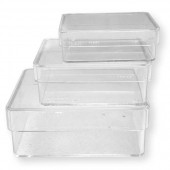
Transparent Containers
Starting at: £1.20
-
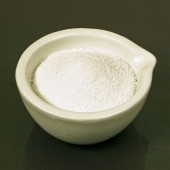
Marble Dust
Starting at: £4.70
-
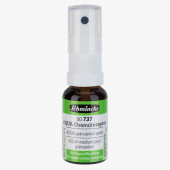
Schmincke Aqua Granulation Spray 15 ml
£8.20 -
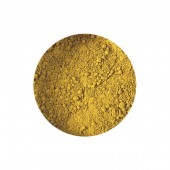
Raw Sienna Pigment
Starting at: £4.00
-
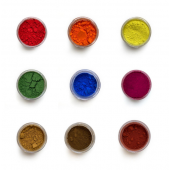
Small, 15ml Pigment sizes
Starting at: £4.00
-
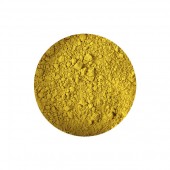
Yellow Ochre Pigment
Starting at: £4.00
-
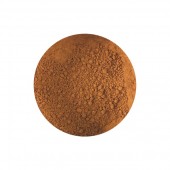
Burnt Sienna Pigment
Starting at: £4.00
-
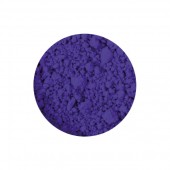
Ultramarine Blue Dark Pigment
Starting at: £4.00
-
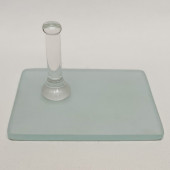
Cornelissen Mini Glass Muller and Slabs
Starting at: £24.00
-
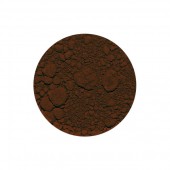
Mars Violet Pigment
Starting at: £4.50
-
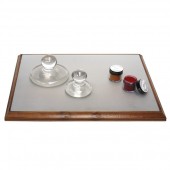
Mixing Slab
Starting at: £24.00
-
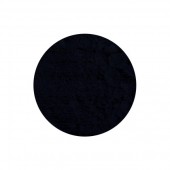
Vine Black Pigment
Starting at: £4.70
-
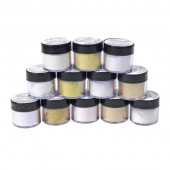
Pearl Lustre Pigments 1 kg
Starting at: £94.00
Call to Order
-
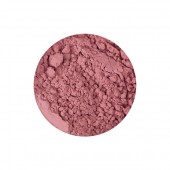
Potters Pink Pigment
Starting at: £22.00
-
![Roberson Glass muller, medium (7 cm) and small (5 cm) [without logo]](https://www.cornelissen.com/media/catalog/product/cache/1/small_image/170x/9df78eab33525d08d6e5fb8d27136e95/i/m/img-6584.jpg)
Roberson Glass Mullers
Starting at: £25.00
-
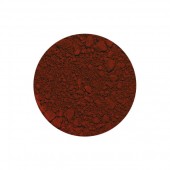
Translucent Red Oxide Pigment
Starting at: £9.80
-
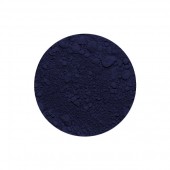
Phthalo Blue Pigment
Starting at: £8.00
-
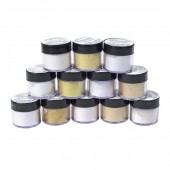
Pearl Lustre Pigments 7g
Starting at: £4.70
-
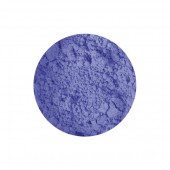
Cerulean Blue Pigment
Starting at: £14.50
-
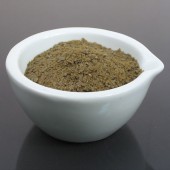
Carnauba Wax Grey
Starting at: £8.40
-
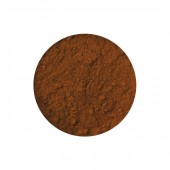
Translucent Yellow Oxide Pigment
Starting at: £7.00
-
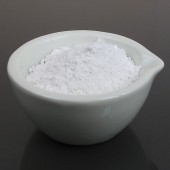
Precipitate Chalk
Starting at: £6.30
-
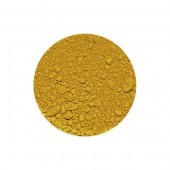
Mars Yellow Pigment
Starting at: £4.50
-
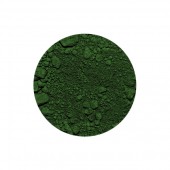
Phthalo Green Pigment
Starting at: £8.10
-
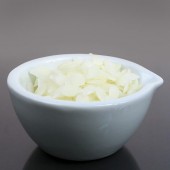
Bleached Beeswax
Starting at: £12.30
-
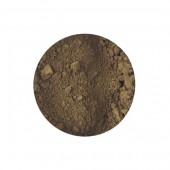
Burnt Umber Pigment
Starting at: £4.00
-
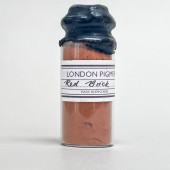
London Pigment, London Red Brick
£18.00 -
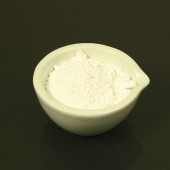
Alumina Hydrate Light
Starting at: £8.30
-
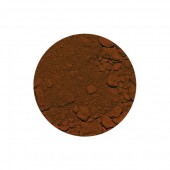
Mars Red Pigment
Starting at: £4.50
-
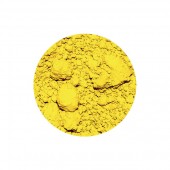
Cobalt Yellow Pigment
Starting at: £8.80




